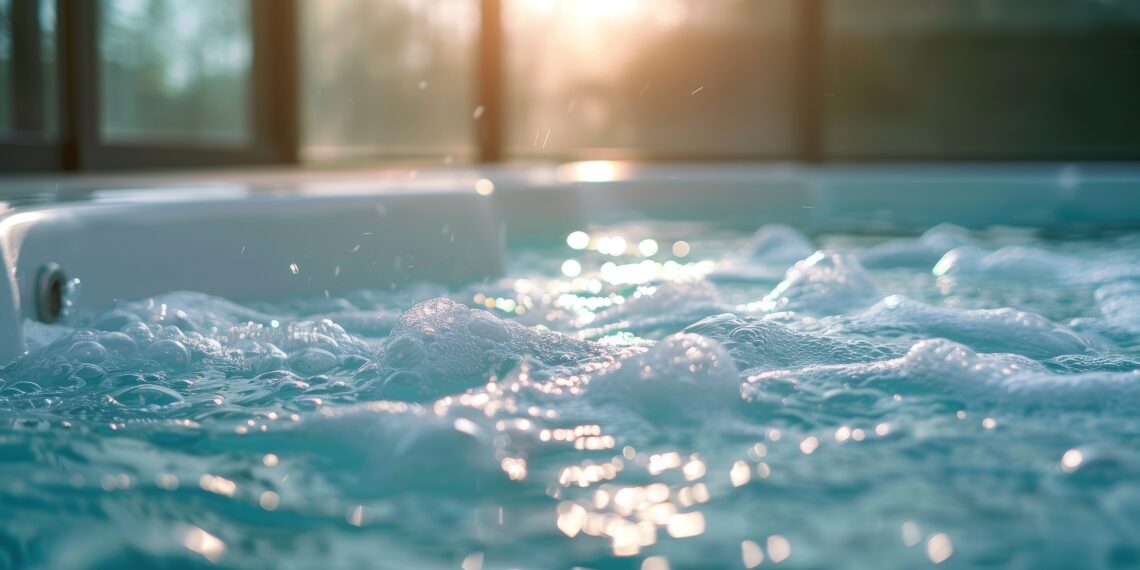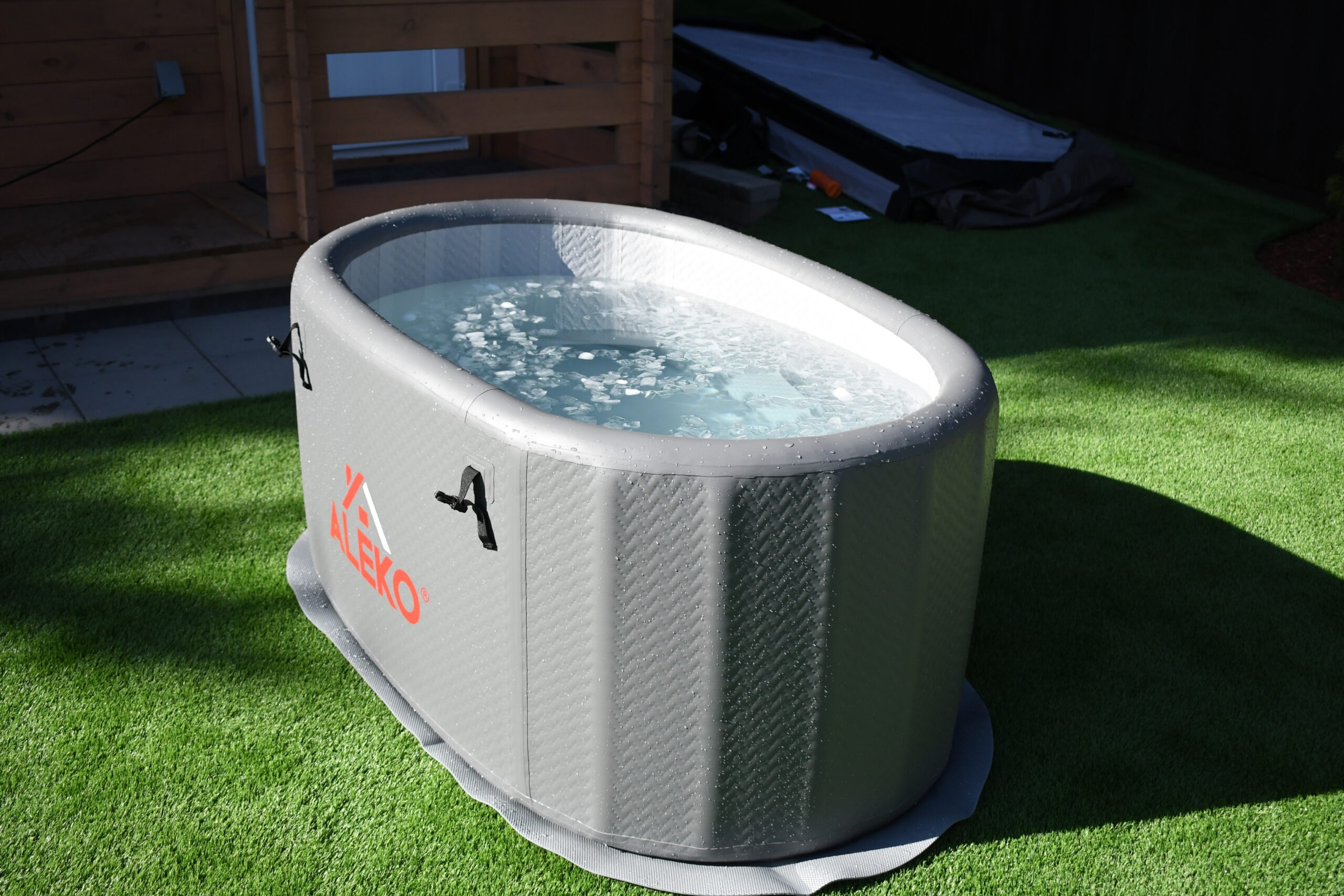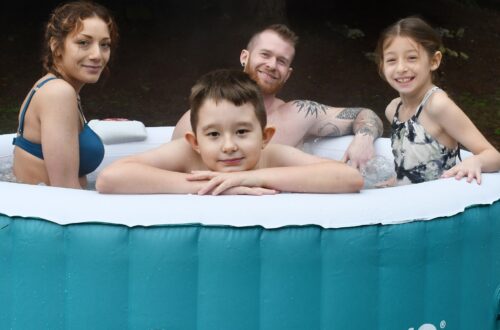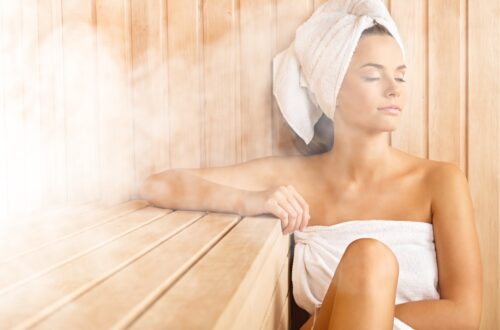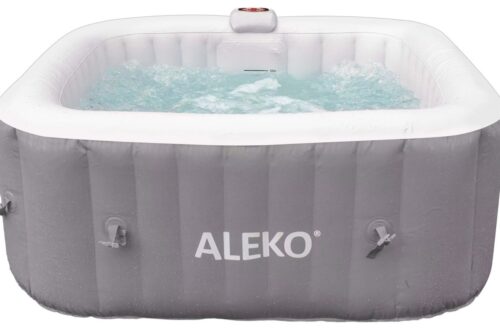Nothing spoils a relaxing soak like stepping into a lukewarm hot tub. If you’re facing heating issues, don’t worry; there are practical steps to pinpoint and solve the problem. Here’s your step-by-step guide to diagnosing and fixing why your inflatable hot tub isn’t heating up, so you can get back to unwinding. Read on for more hot tub troubleshooting tips!
Step 1: Check Your Power and Settings
Before diving into technical fixes, it’s worth starting with the basics. Sometimes, the simplest solutions are all you need!
- Power Supply: Confirm that your hot tub is plugged in and receiving power. Sometimes a tripped breaker or GFCI (ground fault circuit interrupter) can shut down the heating system.
- Set Temperature: Ensure that the hot tub temperature on your thermostat is set to your preferred warmth. It may sound basic, but the dial can sometimes get adjusted by accident.
- Cover Inspection: Check your hot tub cover for any signs of wear. A worn cover can lead to heat loss, making it harder for the tub to maintain your desired temperature.
Tip: A high-quality spa cover can keep heat in and save energy.
Step 2: Look for Water Flow Issues
Proper water flow is essential for a hot tub’s heating system. If the flow is restricted, it can prevent your heater from doing its job.
Common Flow-Related Problems:
- Clogged Filters: Dirty or clogged hot tub filters restrict water flow, impacting heating efficiency.
- Low Water Levels: Insufficient water levels can prevent circulation, disrupting heating.
- Blocked Jets or Pumps: Debris can sometimes block the hot tub pump or jets, which slows down water movement.
How to Fix It:
- Clean or Replace the Filter: Rinse or replace your hot tub filter regularly. Clean filters keep water moving smoothly and prevent strain on the hot tub heater.
- Top Off Water Levels: Ensure the water level is above the jets to maintain adequate flow.
- Clear Debris: Check the jet pump and circulation pump for any blockages and remove any debris to restore normal flow.
Pro Tip: Clean your filters every few weeks to maintain steady water flow.
Step 3: Inspect the Heating Element
If your hot tub’s water still isn’t warming, it could be an issue with the heater element itself. This component is responsible for generating heat, and when it’s not working, your spa won’t heat up.
Symptoms of a Faulty Heater Element:
- Cool or lukewarm water despite running the hot tub for extended periods.
- Error codes on the control panel point to a heating issue.
- Uneven heating or water that won’t reach the desired temperature.
How to Check:
- Inspect the Heating Element: Use a multimeter to test if the heater element is functioning properly. If it’s faulty, a replacement is usually necessary.
- Look for Signs of Wear: If the heater element shows visible wear or signs of damage, replacing it is the best solution.
Did You Know? Over time, mineral buildup can affect your heater element’s efficiency, so regular hot tub maintenance is key.
Step 4: Assess the Temperature Sensor and Pressure Switch
The temperature sensor and pressure switch are vital for accurate heating. These sensors detect the water’s temperature and pressure, ensuring it reaches your set temperature safely.
Common Signs of Sensor and Switch Issues:
- Incorrect Temperature Readings: If the control panel shows incorrect water temperatures, the sensor may be the culprit.
- Intermittent Heating: The heater turns on and off erratically, often due to sensor issues.
- Flow Errors: A faulty pressure switch may display low flow warnings even when water flow is normal.
How to Troubleshoot:
- Reset the Temperature Sensor: Turn off the hot tub, wait a few moments, and restart it to recalibrate the sensor.
- Check the Pressure Switch: Make sure the switch aligns with the water flow. If it’s damaged or misaligned, it may need adjustment or replacement.
Quick Tip: Regular sensor checks ensure you don’t face unexpected heating problems.
Step 5: Test the Hot Tub Pump
If the water isn’t moving, the spa pump could be the culprit. Without adequate circulation, the heater won’t function as intended, leaving you with a cool soak.
Signs Your Pump Needs Attention:
- No Water Circulation: When the jets are turned on, there’s little to no movement in the water.
- Unusual Noises: Grinding, humming, or other strange sounds could indicate a faulty pump.
- Error Codes: Error messages about water flow can signal a pump problem.
Solutions:
- Reset the Pump: Turn off the power, then restart to see if it resolves the issue.
- Clear Out Debris: Inspect the pump for any debris or blockages that might be affecting performance.
- Consider Replacement: If the pump is consistently failing, replacement may be necessary.
Remember: Regular pump inspections help maintain both circulation and heating performance.
Step 6: Troubleshoot Electrical Connections and Breakers
Sometimes, the problem lies with the electrical system itself. A tripped circuit breaker or loose wiring can cause heating issues.
Signs of Electrical Problems:
- Powering Off Randomly: Your hot tub keeps shutting off unexpectedly, especially when the heater is on.
- Breaker Trips: The circuit breaker frequently trips, often due to a short circuit in the heater.
- Inconsistent Power Supply: Erratic heating may point to a loose connection.
DIY Fixes:
- Reset the Breaker: Go to your circuit panel and reset any tripped breakers.
- Inspect for Loose Wiring: If you’re comfortable working with electronics, inspect the wiring near the heater. Otherwise, it’s best to call a pro.
- Call a Professional: If breaker trips persist, seek professional hot tub repair services.
Safety Note: Electrical issues can be complex, so always proceed cautiously.
Regular Maintenance: The Key to a Warm and Cozy Hot Tub
To avoid future heating issues, regular hot tub maintenance is essential. Here are a few tips to help:
- Clean Filters Regularly: Clean hot tub filters to help maintain water flow, which supports heating efficiency.
- Balance Water Chemistry: Keeping water balanced prevents buildup on the heater and other components.
- Inspect Components: Take a few moments each month to check pumps, filters, and sensors.
With these troubleshooting steps, you’re now equipped to handle common heating issues in your hot tub. And when it’s time to replace parts or upgrade accessories, explore ALEKO’s range of hot tub accessories to keep your spa running perfectly. Here’s to many warm, relaxing soaks ahead!

